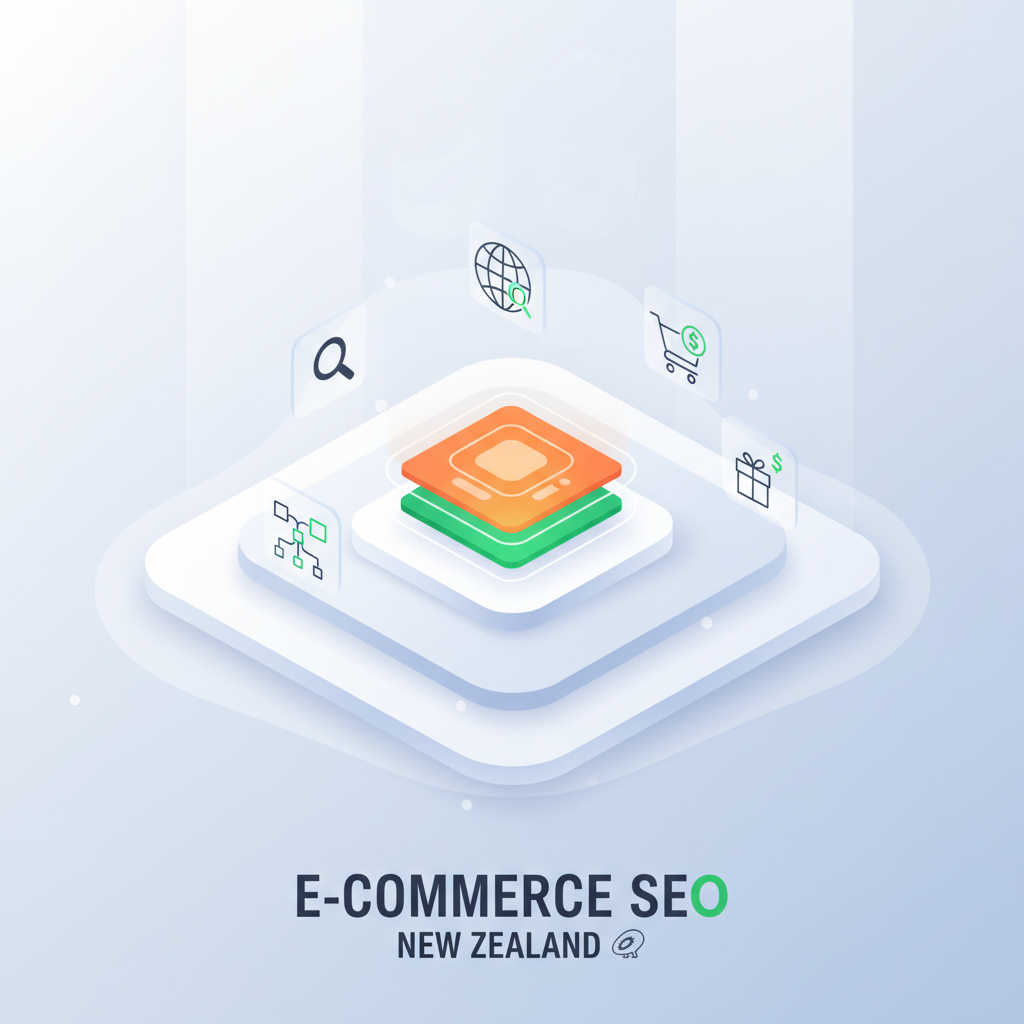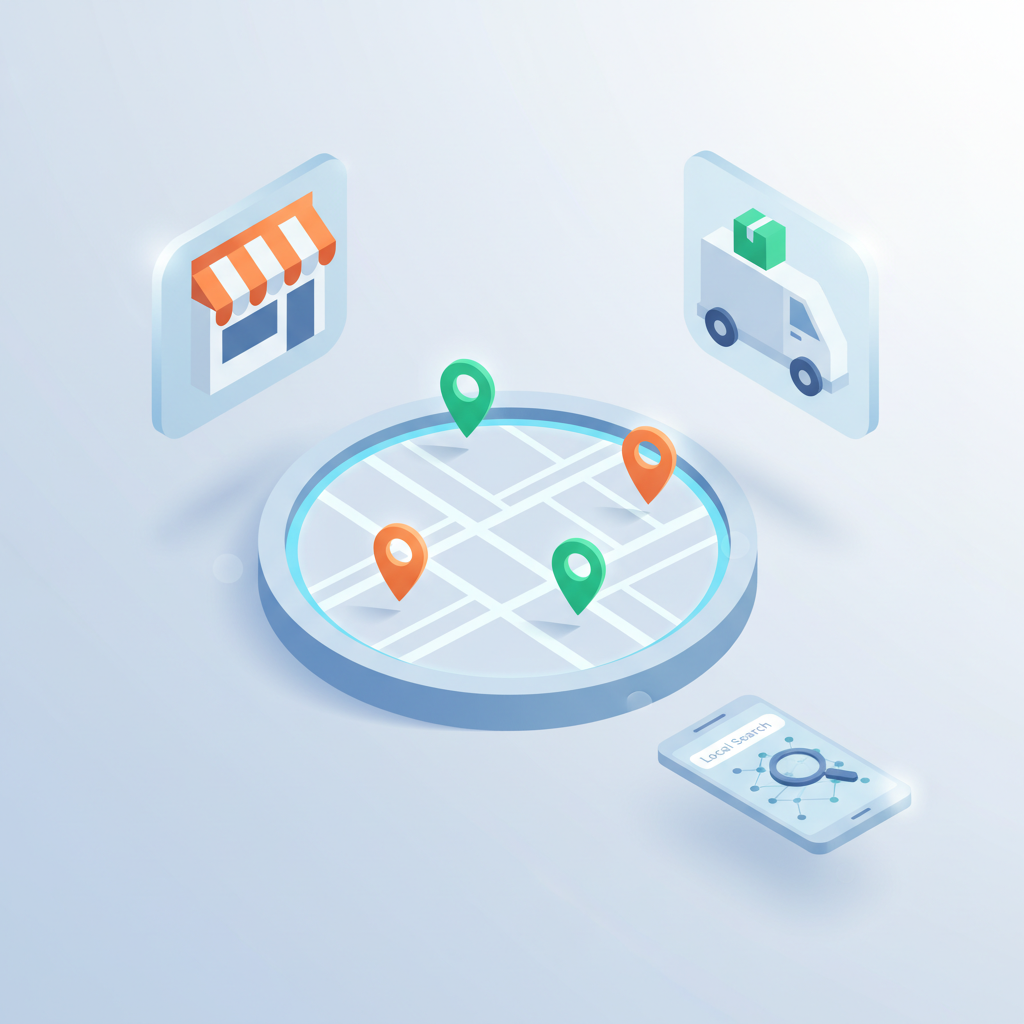Key Takeaways
- Many New Zealand ecommerce founders focus heavily on paid ads instead of building organic traffic.
- Top-performing NZ ecommerce brands generate over $5 million annually through strong SEO strategies.
- Successful brands dominate both traditional Google search results and emerging AI-powered answer engines.
- Compounding organic traffic is a powerful growth strategy in the evolving digital landscape.
- Understanding and leveraging the new answer engine era is crucial for ecommerce success in New Zealand.
Table of Contents
- Why Ecommerce SEO in New Zealand Is Non-Negotiable for Growth-Focused Brands
- Core Pillars of Ecommerce SEO Services in New Zealand (Built for Google & Answer Engines)
- How to Run an Ecommerce SEO Audit in New Zealand: The 10-Minute Blueprint
- Strategic Keyword Research for Ecommerce: NZ Markets and Buyer Behaviour
- AI-Driven Content at Scale: The New Standard for Ecommerce SEO in NZ
- Technical SEO Wins for NZ Ecommerce: Speed, Schema, and Platform-Specific Tricks
- Technical SEO Platform Optimization
- Local SEO for Ecommerce: Winning at Home and Beyond
- Ecommerce SEO vs. Paid Traffic in NZ: Strategic Revenue Allocation
- Choosing the Right Ecommerce SEO Partner in New Zealand
The New Zealand Ecommerce SEO Playbook: How to Build Compounding Growth in the Answer Engine Era
Here’s what most NZ ecommerce founders don’t realize: while you’ve been fighting over expensive Facebook ads and Google Shopping clicks, your smartest competitors have been building compounding organic traffic machines. The brands doing $5M+ annually? They’re not just ranking, they’re dominating both Google’s traditional results AND the new AI-powered answer engines that are reshaping how Kiwis discover and buy products online.
I’ve spent the last 18 months helping 7 and 8-figure brands across New Zealand transition from paid-traffic dependency to sustainable organic growth. The results speak volumes: our clients under management collectively generate over $250M in annual revenue, and the common thread isn’t luck, it’s strategic ecommerce SEO services in New Zealand built for both today’s Google and tomorrow’s AI-driven search landscape.
This is where Agentic SEO comes in, human strategy directing AI systems to create always-on content that captures traffic across all these channels simultaneously.
Why Ecommerce SEO in New Zealand Is Non-Negotiable for Growth-Focused Brands
New Zealand’s ecommerce market grew 24% year-over-year in 2024, but here’s the catch: 73% of that growth is being captured by brands with strong organic search presence. The rest are burning cash on increasingly expensive paid ads while watching their margins shrink.
NZ Ecommerce Reality Check:
• Average Google Ads CPC increased 31% in 2024
• 68% of NZ consumers start product research on search engines
• AI Overviews now appear in 18% of commercial searches in NZ
• Mobile accounts for 71% of ecommerce traffic nationwide
The shift from traditional “blue links” to AI-powered answer engines means your products need to be discoverable not just on Google, but across ChatGPT, Perplexity, and Google’s own AI Overviews. This is where Agentic SEO comes in, human strategy directing AI systems to create always-on content that captures traffic across all these channels simultaneously.
Most NZ brands miss two critical opportunities: AI-featured product comparisons (where buying decisions happen before users even visit your site) and the massive untapped potential of answer engine optimization for commercial queries. The brands capitalizing on this shift are seeing 200%+ increases in non-brand organic traffic within 100 days.
Core Pillars of Ecommerce SEO Services in New Zealand (Built for Google & Answer Engines)

Traditional SEO treats ecommerce like any other website. That’s why it fails. Ecommerce SEO services in New Zealand require a fundamentally different approach, one that understands commercial intent, product discovery patterns, and the unique challenges of the NZ market.
| Pillar | Key Focus | NZ-Specific Adaptation |
|---|---|---|
| Technical SEO | Site speed, crawlability, Core Web Vitals | Local CDN optimization, .co.nz domain authority |
| Strategic Keywords | Commercial intent mapping, profit-weighted research | Seasonal patterns, Māori terms, regional variations |
| AI Content Systems | Always-on content generation, schema markup | Answer engine optimization for NZ buyer behavior |
| Conversion-Driven Local | Click & collect, local shipping optimization | Google Business Profile for hybrid models |
Technical Foundation: Your site must load under 2.5 seconds on mobile (critical for NZ’s 71% mobile traffic), with proper schema markup for Product, Review, and FAQ content. Most NZ ecommerce sites fail Core Web Vitals, immediately losing ground to faster competitors.
Content at Scale: Our always-on AI agent stack generates product-focused content hubs, comparison pages, and FAQ sections that capture traffic from both traditional search and AI answer engines. This isn’t content for content’s sake, every piece is designed to move prospects closer to purchase.
How to Run an Ecommerce SEO Audit in New Zealand: The 10-Minute Blueprint
Most ecommerce audits waste time on vanity metrics. Here’s what actually moves revenue:
3-Minute Quick Check:
• Page speed test from Auckland server (GTmetrix)
• Top 10 product pages for unique descriptions
• Google Search Console for indexing issues
5-Minute Deep Dive:
• Schema validation for Product markup
• Duplicate content check (supplier feeds are the biggest culprit)
• Mobile usability errors in GSC
10-Minute Strategic Assessment:
• Competitor gap analysis for commercial keywords
• Internal linking structure for category pages
• Answer engine visibility check (search your products in ChatGPT)
Founder Alert: If your product pages share descriptions with suppliers or other retailers, you’re fighting an uphill battle. Google’s helpful content update prioritizes unique, valuable product information. This single fix can unlock 40%+ traffic increases within 60 days.
For more in-depth strategies and case studies, visit our blog for the latest updates on ecommerce SEO in New Zealand.
Strategic Keyword Research for Ecommerce: NZ Markets and Buyer Behaviour
The most common issue I see with New Zealand brands is treating keyword research like a volume game instead of commerce intelligence. You’re not just hunting for traffic, you’re mapping the exact path your customers take from problem awareness to purchase decision.
New Zealand search patterns have distinct characteristics that most international SEO advice misses entirely. Seasonal shifts hit differently when Christmas falls in summer, regional slang creates unique query variations, and the small market size means every high-intent keyword matters exponentially more. I’ve analyzed search data across our 7 and 8-figure NZ clients, and the brands winning with ecommerce seo services in newzealand understand this nuance.
Profit-First Keyword Method
Instead of chasing search volume, weight your keyword list by: (Monthly searches × Average order value × Conversion rate) ÷ Competition difficulty. This reveals which queries actually drive revenue, not just visits.
Start by pulling real user search data from Google Search Console, this shows exactly what your existing customers searched before finding you. Then expand systematically: product-focused queries (your core inventory), category-level terms (broader market capture), and comparison keywords (stealing share from competitors). Map each cluster to buyer intent: informational queries feed your content hub, commercial terms target category pages, and transactional searches optimize product descriptions.
| Keyword Type | Buyer Intent | Content Target | Revenue Impact |
|---|---|---|---|
| Product-specific | High commercial | Product pages | Direct sales |
| Category-broad | Research/browse | Category hubs | Discovery & AOV |
| “Best [product]” | Comparison | Buying guides | Competitive capture |
| “[Product] review” | Pre-purchase | Review content | Trust & conversion |
For more resources on keyword research and ecommerce SEO, check out our main site for guides and actionable tips.
AI-Driven Content at Scale: The New Standard for Ecommerce SEO in NZ

Traditional content creation is the bottleneck killing most ecommerce SEO efforts. You need hundreds of unique product descriptions, dozens of category pages, seasonal content updates, and comparison guides, all while maintaining quality and avoiding the thin content penalties that crush rankings.
This is where Agentic SEO transforms everything. Our always-on AI content systems can generate, optimize, and ship structured content for every major commercial query in your market within minutes, not months. But here’s the critical difference: this isn’t generic AI content. These are purpose-built agents trained on your product catalog, brand voice, and customer data, producing schema-rich content optimized simultaneously for Google’s traditional rankings and the new answer engines.
Here’s how it works in practice: Input a single product keyword like “merino wool base layers nz” and the AI agent automatically creates a complete content ecosystem, product hub page with technical specifications, FAQ section answering common concerns, comparison table against competitors, seasonal buying guide, and enriched product descriptions with proper schema markup. The entire process takes under 10 minutes and produces content that would typically require weeks of manual work.
Real Client Result
A Shopify outdoor gear brand in Auckland saw 221% non-brand organic traffic growth within our 100-Day Traffic Sprint, with AI-generated product hubs accounting for 67% of new keyword rankings. Revenue per session increased 34% as the content better matched search intent.


